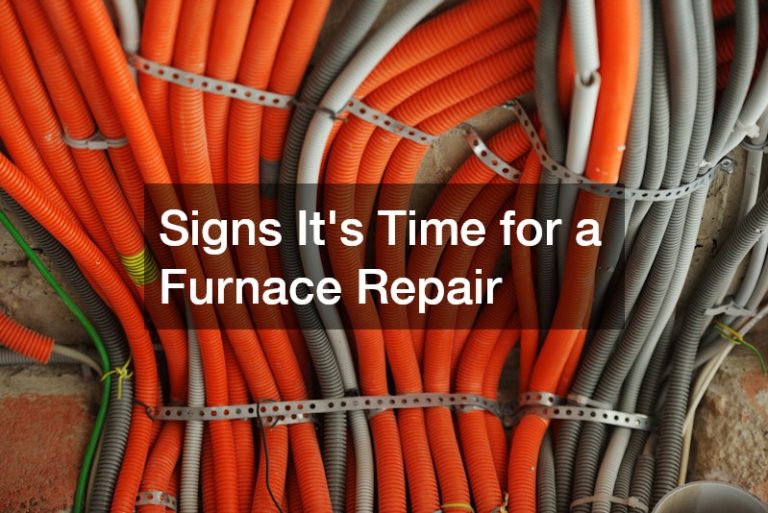Understanding when your furnace needs repair is crucial for maintaining home comfort and energy efficiency. A well-functioning furnace not only keeps your home warm but also helps reduce energy costs and prevent unexpected breakdowns. This article will guide you through the indicators that signal a need for a furnace repair. By learning these signs, you can prevent even more extensive damage and ensure that your heating system operates smoothly for years to come.
Common Warning Signs Your Furnace Needs Attention
Unusual Noises Coming from the Furnace
Noises such as banging, rattling, or squealing are often the first signs something might be wrong with your furnace. These noises can often be traced back to issues like loose components or problems with the furnace’s blower. Addressing these sounds early can prevent further damage and more expensive repairs down the line.
Regularly listening to your furnace and noting any changes in its operational sounds can be a proactive step in maintaining your system. If left unchecked, these noises may develop into more significant mechanical issues. It’s important to consult with a professional if you notice new or persistent noises to avoid disruption in heating services.
Ignoring these sounds can lead to more severe mechanical failures. Professional furnace technicians are equipped to diagnose and resolve issues that cause these noises. Therefore, addressing them promptly can save time and reduce repair costs.
Inconsistent or Insufficient Heating
Rooms not warming up to the thermostat setting point to potential issues with furnace operation or ductwork, indicating a need for repair. This issue can stem from blockages in the heating system or faulty components affecting heat distribution. Ensuring all rooms receive proper heating is essential for both comfort and efficiency.
Ensuring proper heat distribution through regular maintenance can help minimize inconsistent heating issues. By cleaning and inspecting ductwork, you can avoid blockages that disrupt airflow. An efficient heating system supports lower energy consumption, directly impacting your utility bills.
If you suspect heating inefficiency, a professional inspection can help pinpoint the source of the problem. Technicians can evaluate the entire system, from furnace operation to ductwork integrity. By addressing these inconsistencies early, costly repairs can be avoided, while maintaining optimal energy use.
When Should I Call a Professional for Furnace Repair?
The Furnace is Over 15 Years Old
As furnaces age, they often require more frequent repairs and maintenance to continue operating efficiently. The components within the furnace become worn, affecting overall performance and reliability. It’s vital to consider replacement or professional assessment when your furnace reaches this age milestone.
Frequent assessments by qualified technicians can extend the lifespan of your furnace. Over time, maintenance can prevent small issues from becoming major concerns. However, a consistent need for repairs may signal that a replacement furnace is a more cost-effective solution.
Aging furnaces are more prone to breakdowns during peak usage times. Having a professional inspect the system preemptively can avoid inconvenient failures. Eventually, the cumulative cost of repairs may render replacement the more economical option.
Frequent Cycling On and Off
A furnace that frequently turns on and off, known as short cycling, can indicate a range of issues from thermostat problems to overheating. Short cycling often results in inadequate home heating and unnecessary strain on the furnace. Because frequent cycling affects both comfort and efficiency, this issue should be addressed promptly by a professional.
Regular inspections and upkeep may also prevent many issues that cause short cycling. Proper thermostat calibration and ensuring clean filters contribute to smoother operation. Consistent cycling can indicate underlying problems which, if unresolved, may escalate into more complex mechanical failures.
Professional technicians can offer a comprehensive analysis to determine the root cause of short cycling. Repairing or addressing thermostat settings, blower motor faults, or system airflow can resolve the problem. Taking action sooner rather than later ensures optimal furnace performance and prolongs its lifespan.
Recognizing the signs of a failing furnace can help you take proactive steps to ensure your home’s heating system functions efficiently. Regular maintenance and timely repairs can prevent minor issues from escalating into costly repairs, enhancing both comfort and safety in your home. Keeping your furnace in good working condition not only saves money but also preserves the comfort and health of everyone under your roof.
.

